After many years of taking root, tea trees have become a key crop, helping people in Muong E commune, Thuan Chau district, have a stable income, gradually eliminating hunger and sustainably reducing poverty.
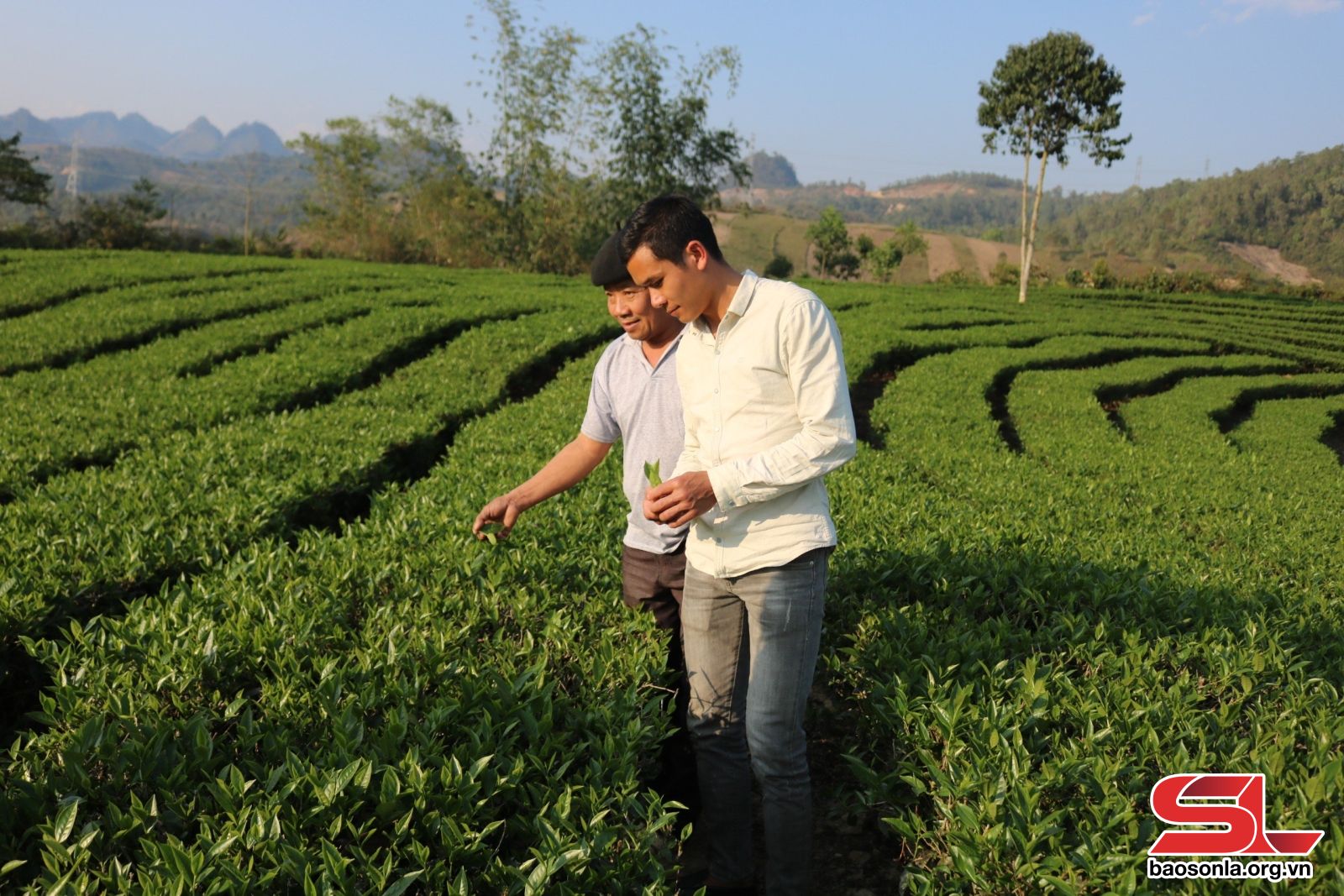
Coming to Muong E commune this season, along both sides of the road are green tea fields winding along the hillsides, in the distance are lush fruit gardens. Welcoming us at the commune People's Committee headquarters, Mr. Quang Van Pha, Vice Chairman of the Commune People's Committee, gave us a cup of fragrant tea, excitedly boasting: Please enjoy the tea products made by the Muong E people. The whole commune currently has more than 256 hectares of tea, of which 213 hectares have been harvested, the output of fresh tea buds reaches 1,488 tons/year; the average income reaches more than 60 million VND/ha. Thanks to tea trees, the commune's poverty rate gradually decreased from 62.9% in 2015 to 32.3% in 2023; striving to reduce poverty by 5-6% or more by 2024.
Mr. Pha took us to visit some families in the commune who have improved their economy from growing tea. On the way, he told us that tea trees were planted in Muong E commune since 2015, piloted by the District Department of Agriculture and Rural Development. To replicate the model, the commune directed agricultural extension officers to guide people from planting, pruning, fertilizing, harvesting, preserving products... After many ups and downs, up to now, tea trees in Muong E have been identified as a promising crop with high economic efficiency.
In Ca Vai village, one of the villages with the largest tea growing area in the commune, we visited Mr. Lo Van Dung's family. Mr. Dung said: In 2015, district and commune officials came to encourage us to participate in the pilot tea growing model; with support in seeds, fertilizers, planting and care techniques, my family converted 0.5 hectares of corn to tea. After 1 year of planting, the tea trees gave the first harvest; from the second year onwards, the harvest was stable. Up to now, the family has 1.5 hectares of tea, this year, due to the impact of prolonged heat, the yield has decreased compared to previous years. Since the beginning of the year, the family has harvested 3 batches of tea, with more than 1 ton of fresh tea buds, the average selling price is 8,000 VND/kg.
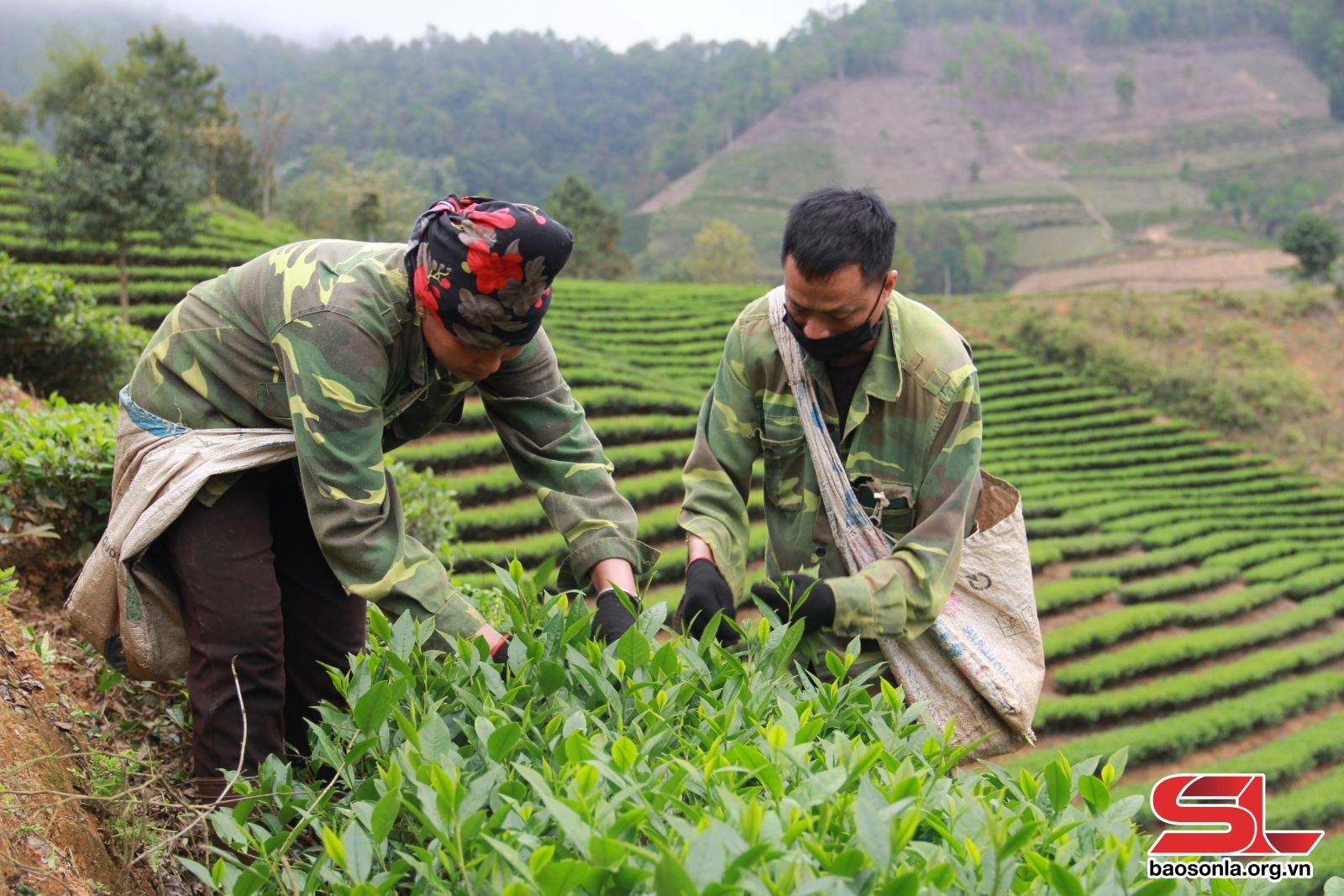
From the economic efficiency of Mr. Dung's family model, up to now, 100 households in Ca Vai village have applied it, with a scale of 50 hectares of tea trees. According to the people's calculations, growing tea is only hard when first planted, when the tea has started to be harvested, the work of caring for, weeding, fertilizing... is much reduced compared to other crops. Tea trees are planted once, but can be harvested for many years.
To ensure product output, in 2019, Mr. Lo Van Cho, Ca Vai village, mobilized 13 households in the village to join the establishment of Ca Vai Cooperative, with a production scale of 20 hectares of tea. Mr. Cho said: The Cooperative has linked with tea production and processing facilities in Chieng Pha and Phong Lai communes to purchase fresh tea buds for people. The Cooperative guides members to care for and harvest tea in batches, ensuring good growth and development of the plants. Thanks to tea plants, members' lives have been improved; income reaches 4 million VND/member/month.
With the support of the commune, in 2017, Mr. Bac Cam Hai's family in Chieng Ve village converted 3 hectares of upland rice, corn, and cassava to grow Shan Tuyet tea. Thanks to the guidance on planting and care techniques, the family's tea area has developed well. Mr. Hai shared: Growing tea, each year, after deducting expenses, the family earns nearly 100 million VND in profit. Tea trees have helped the family escape poverty and buy many household items, such as: motorbikes, televisions, refrigerators, etc.
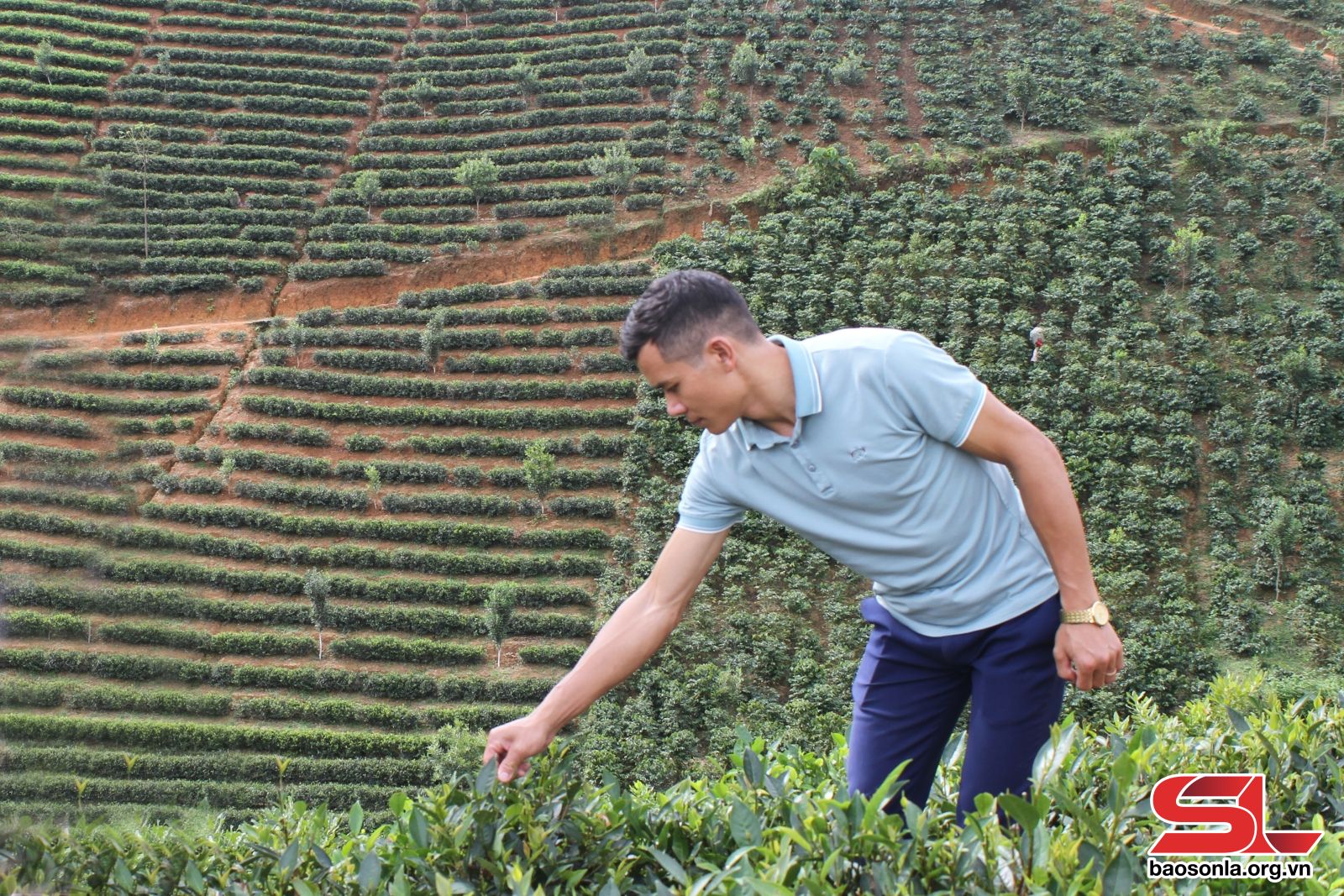
The Resolution of the Muong E Commune Party Congress for the 2020-2025 term sets a target of growing 100 hectares of tea by 2025. Accordingly, the commune has mobilized people to exploit the potential and strengths of land to plant tea trees. Encourage households to cooperate in production according to VietGAP and organic standards and establish cooperatives to expand raw material areas; introduce varieties with high economic value such as Kim Tuyen and Shan Tuyet tea. At the same time, create favorable conditions for economic sectors to invest, contributing to gradually building the Muong E tea brand in the coming time.
The economic prospects from tea trees have brought new vitality to Muong E homeland, helping people have a stable source of income, contributing to speeding up the progress of new rural construction in the locality.
Article and photos: Tran Hien
Source



![[Photo] The 5th Patriotic Emulation Congress of the Central Inspection Commission](https://vphoto.vietnam.vn/thumb/1200x675/vietnam/resource/IMAGE/2025/10/27/1761566862838_ndo_br_1-1858-jpg.webp)
![[Photo] Party Committees of Central Party agencies summarize the implementation of Resolution No. 18-NQ/TW and the direction of the Party Congress](https://vphoto.vietnam.vn/thumb/1200x675/vietnam/resource/IMAGE/2025/10/27/1761545645968_ndo_br_1-jpg.webp)


![[Photo] National Assembly Chairman Tran Thanh Man receives Chairman of the House of Representatives of Uzbekistan Nuriddin Ismoilov](https://vphoto.vietnam.vn/thumb/1200x675/vietnam/resource/IMAGE/2025/10/27/1761542647910_bnd-2610-jpg.webp)

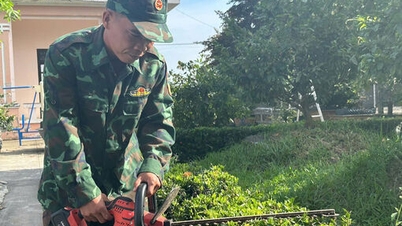

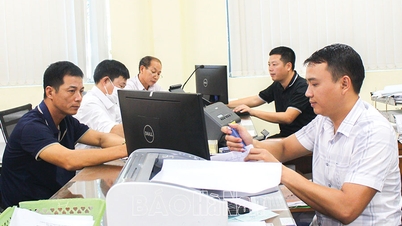


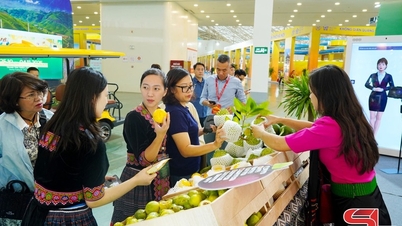


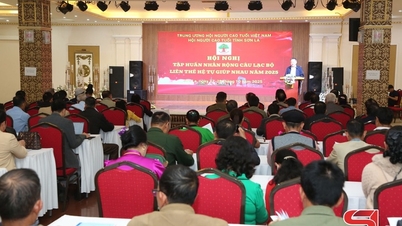
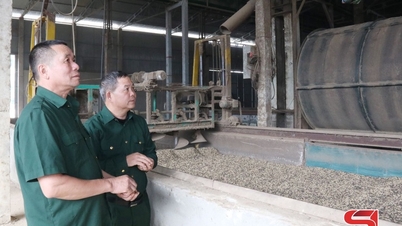
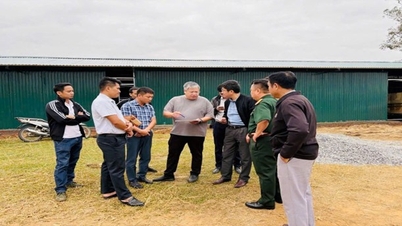

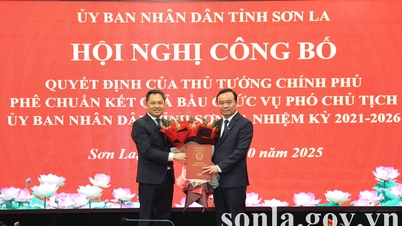




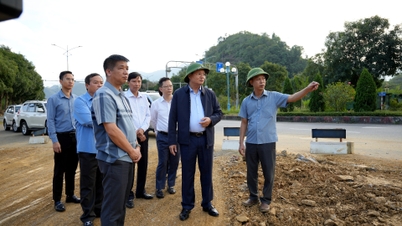


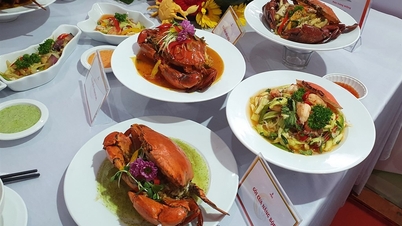
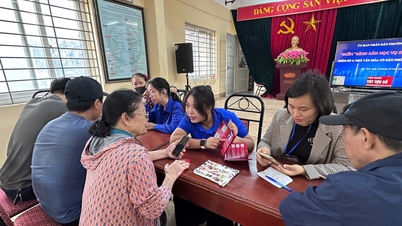

















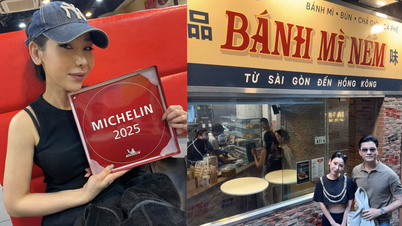

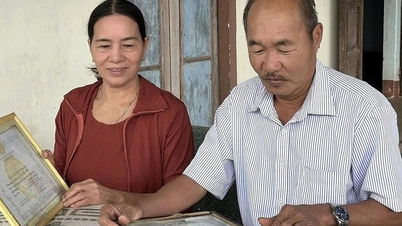






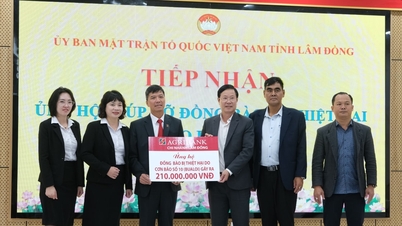



















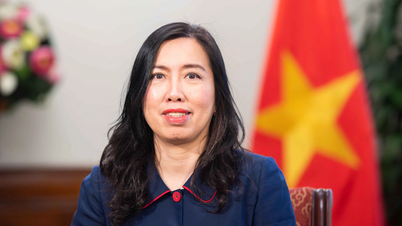



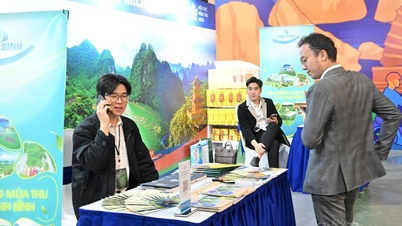



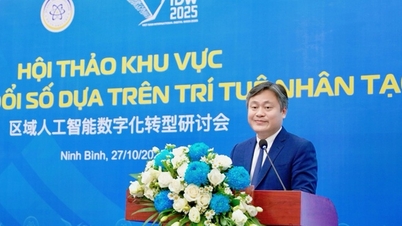

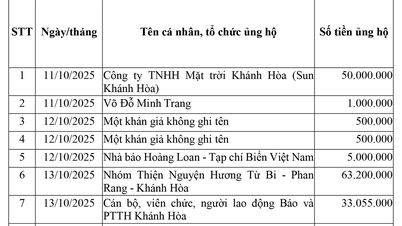

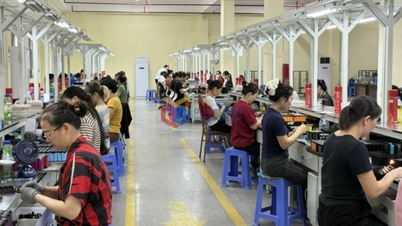




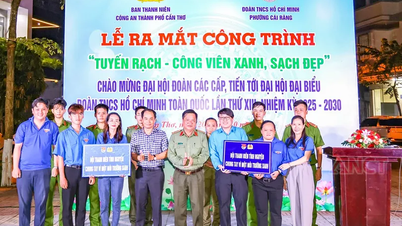















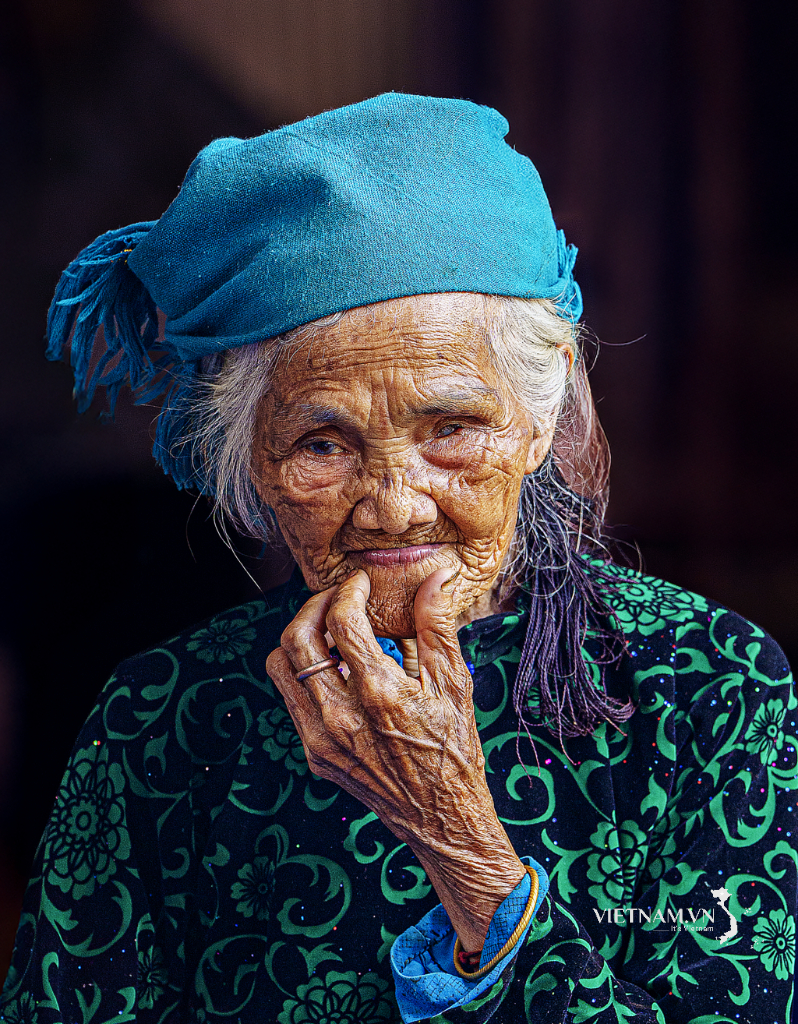


Comment (0)